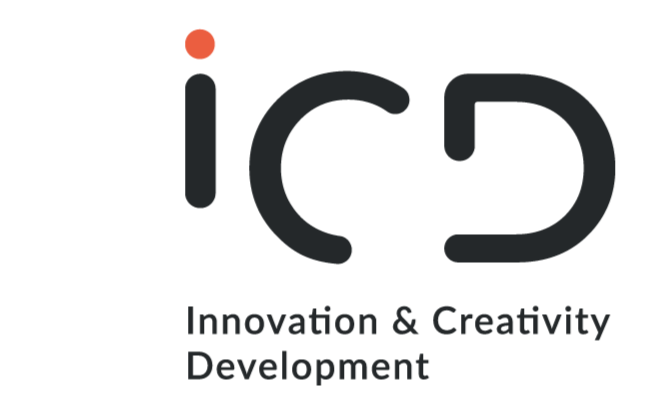
A new way to tackle challenges, create value, and achieve sustainable growth
Innovation management isn’t just a set of techniques or isolated projects. It’s a strategic and systematic approach that helps organizations generate, develop, and implement new ideas, products, services, or processes that bring real and sustainable value.
When applied effectively, innovation management becomes a powerful driver to differentiate, grow, and adapt in an increasingly dynamic market.
But what does it really involve? Why is it so important? And above all, how can it be put into practice effectively? Let’s explore it below.
Why is innovation management important?

Companies that embrace innovation management as a strategic priority can achieve very tangible benefits:
Long-term sustainability: remain relevant over time, avoiding obsolescence and building a more resilient organization.
Competitive advantage: stand out from competitors by launching innovative products or services that better meet market needs.
Sustainable growth: access new markets, attract new customers, and increase market share with differentiated offerings.
Adaptation to change: anticipate trends, technological shifts, or new regulations, responding proactively rather than reactively.
Internal efficiency: optimize processes, reduce costs, and boost productivity through ideas that improve the way you work.
Greater employee engagement: involve teams in proposing and implementing ideas, which increases motivation and retention.
Customer satisfaction: design solutions that truly address users’ real problems, improving their experience and loyalty.
The innovation management process: 9 key steps
While each organization can adapt the process to its own context, it usually includes the following stages:
1️⃣ Identify challenges and opportunities: analyze the market, trends, and internal areas for improvement to decide where to focus innovation efforts.
2️⃣ Idea generation: foster creativity inside and outside the organization through workshops, competitions, surveys, or open collaboration.
3️⃣ Evaluate and select ideas: assess technical feasibility, market potential, and alignment with business strategy.
4️⃣ Concept development: refine selected ideas, conduct research, create prototypes, and test assumptions.
5️⃣ Build the business case: estimate costs, revenues, risks, and benefits to support investment decisions.
6️⃣ Development and testing: create prototypes, run pilots, and gather feedback from real users to learn and adjust quickly.
7️⃣ Implementation and launch: bring the innovation to market or into the company, covering production, marketing, sales, and support.
8️⃣ Post-launch evaluation: measure results, gather feedback, and analyze what worked and what can be improved.
9️⃣ Continuous improvement and scaling: refine the innovation, expand its reach, or apply learnings to future initiatives.
This process isn’t always linear — it often involves iteration, learning from mistakes, and adapting along the way.
Best practices for successful innovation management

Beyond the process, building an environment that supports and sustains innovation is essential. Some recommendations include:
- Foster a culture that values innovation: encourage openness, collaboration, and freedom to share ideas and take risks.
- Leverage new technologies: explore how AI, blockchain, IoT, or augmented reality can create new opportunities.
- Collaborate strategically: build partnerships with startups, universities, or experts to add talent and accelerate development.
- Apply agile methodologies: work in short cycles, test quickly, and adapt, instead of waiting for the “perfect idea.”
- Encourage multidisciplinary teams: bring together diverse profiles and perspectives to enrich solutions.
- Invest in training: help teams develop skills in creativity, analysis, prototyping, or critical thinking.
- Implement idea management systems: use platforms or methods to capture, prioritize, and track proposals.
- Allocate dedicated resources: ensure people, time, and budget are available for innovation projects — not just relying on goodwill.
- Use design thinking: always keep the user at the center to create solutions that truly solve real problems.
- Measure and recognize: define metrics (ideas generated, implemented, impact on sales or satisfaction) and celebrate individual and team achievements.
In summary: building a solid culture of innovation
Innovation isn’t about luck or isolated moments of brilliance. It’s about having a structured process, a clear strategy, and most importantly, a culture that makes it possible.
A true innovation culture is built on:
- Strategic clarity: knowing what kind of innovation you want and why.
- Participation at all levels: giving voice to employees, customers, and partners.
- Continuous learning: valuing both successes and failures as part of the process.
- Resources and structure: having the right people, time, and tools.
- Celebrating and sharing results: recognizing efforts and learnings to inspire others.
In this way, innovation management stops being an occasional project and becomes a sustained competitive advantage — enabling growth, adaptation, and greater value for customers and for the organization itself.
